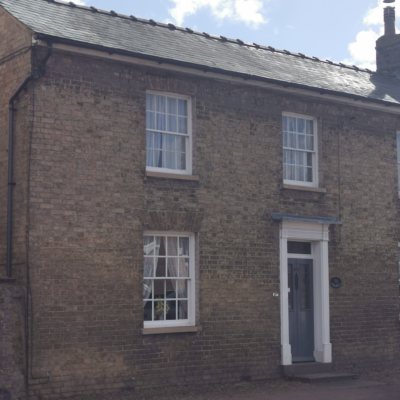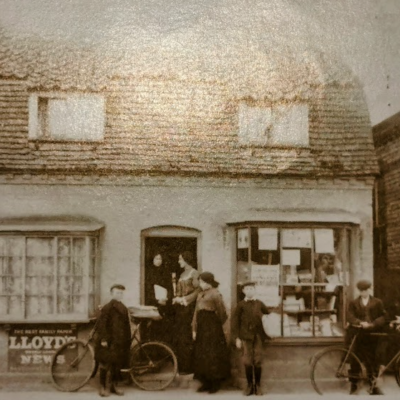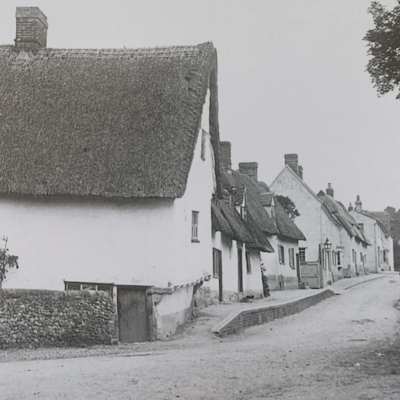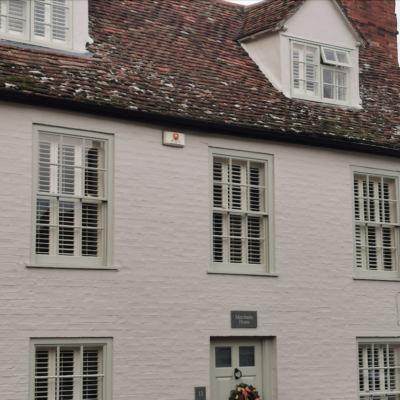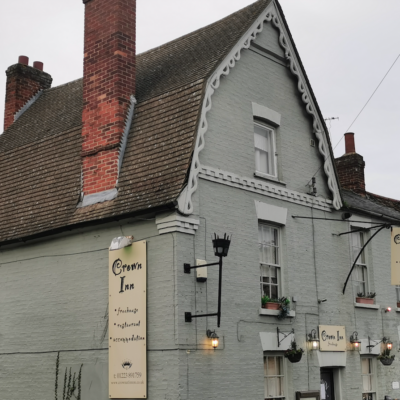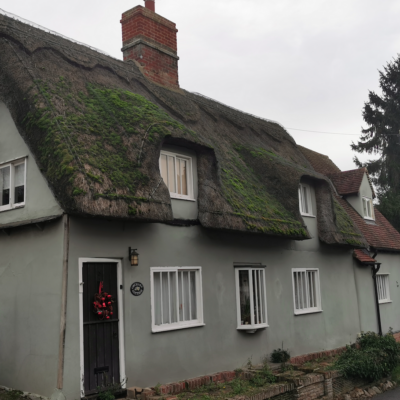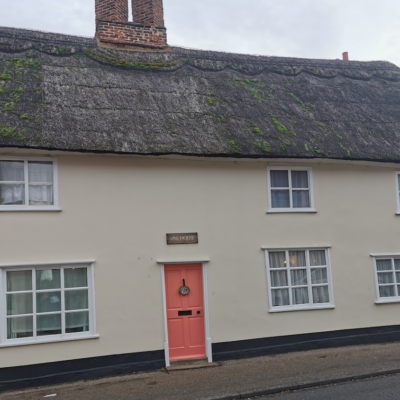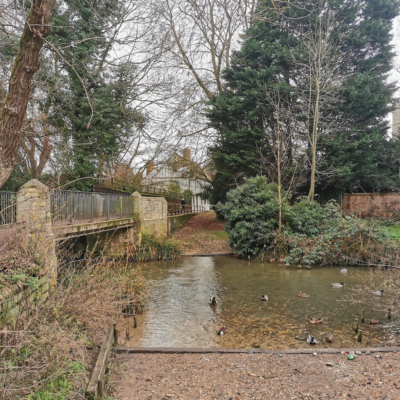Search by topic
- archaeology
- architecture
- bricklayer
- Building of Local Interest
- carpenter
- church
- crime
- dressmaker
- fire
- general labourer
- Great Eastern Railway
- listed building
- medieval
- oral history
- Public House
- Rattee & Kett
- Roman
- scholar
- school
- Then and Now
- tudor
- women
- work
- world war one
- world war two
Search by text
The Grip Farmhouse
History of the Grip Farmhouse
Listed Building:
Ice house. Late C18 or early C19. Brick and flint rubble. Round arched entrance, floor below ground level, rectangular plan.
Barn. Early C19. Timber-framed and weatherboarded with low-pitched slate roof.
House, formerly a farmhouse enlarged in C17 and later partly demolished; converted as two dwellings in the C19. C16 and C17 with C19 and C20 alterations. Timber-framed and plastered with some late C18 pargetted panels and roundel with indistinct inscription to rear elevation, stucco to street elevation with imitation masonry lines.
Robert Flack (b.1627), steward of Linton Manor in late C17 is said to have rebuilt the farmhouse (Palmer). In 1783/4, as part of the Linton estate it was sold to Benjamin Keene who demolished the east-west range.
(Historic England)
W M Palmer (1913):
The Mansion house of the Flack family. The remains of this are now the Grip Farm “Grip,” a word still in use locally, meaning a stream which is sometimes dry. The grip here is usually dry but sometimes flood s the whole road in front of the house. The Flack family had been living in Linton for many years, but rose to prominence only after the Restoration.
Contribute
Do you have any information about the people or places in this article? If so, then please let us know using the Contact page or by emailing capturingcambridge@
License
 This work is licensed under a Creative Commons Attribution-NonCommercial-ShareAlike 4.0 International License.
This work is licensed under a Creative Commons Attribution-NonCommercial-ShareAlike 4.0 International License.










